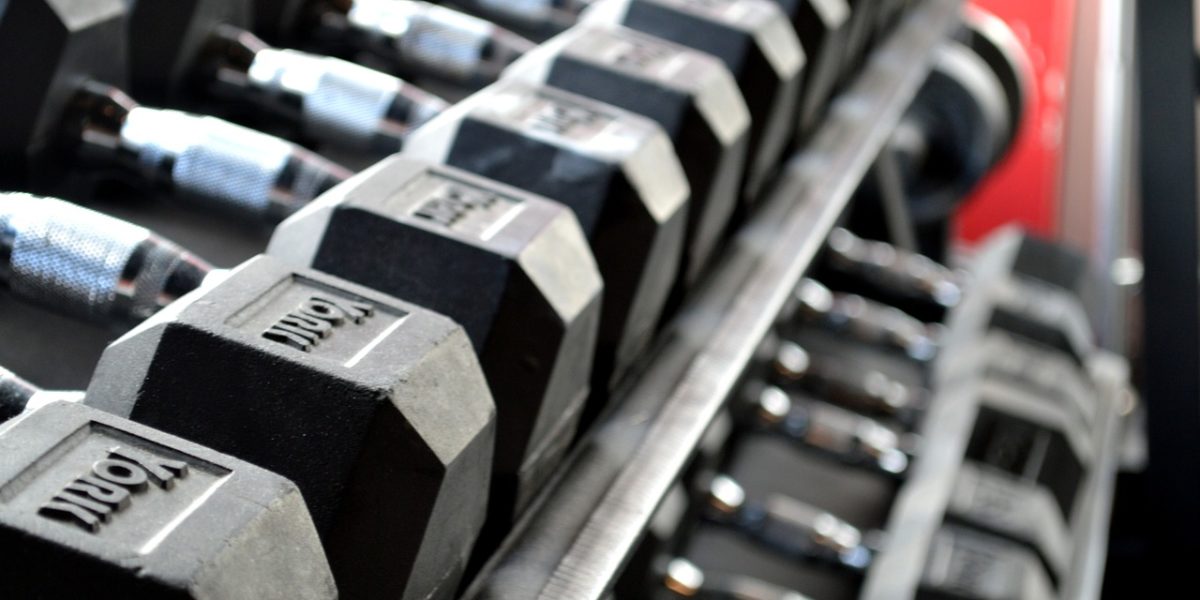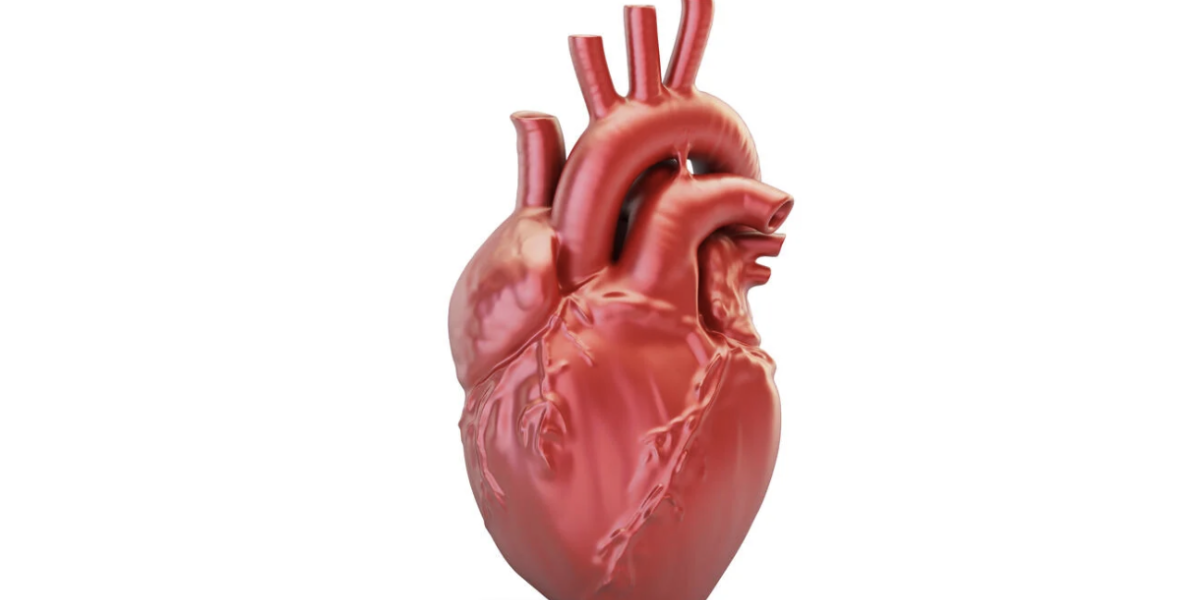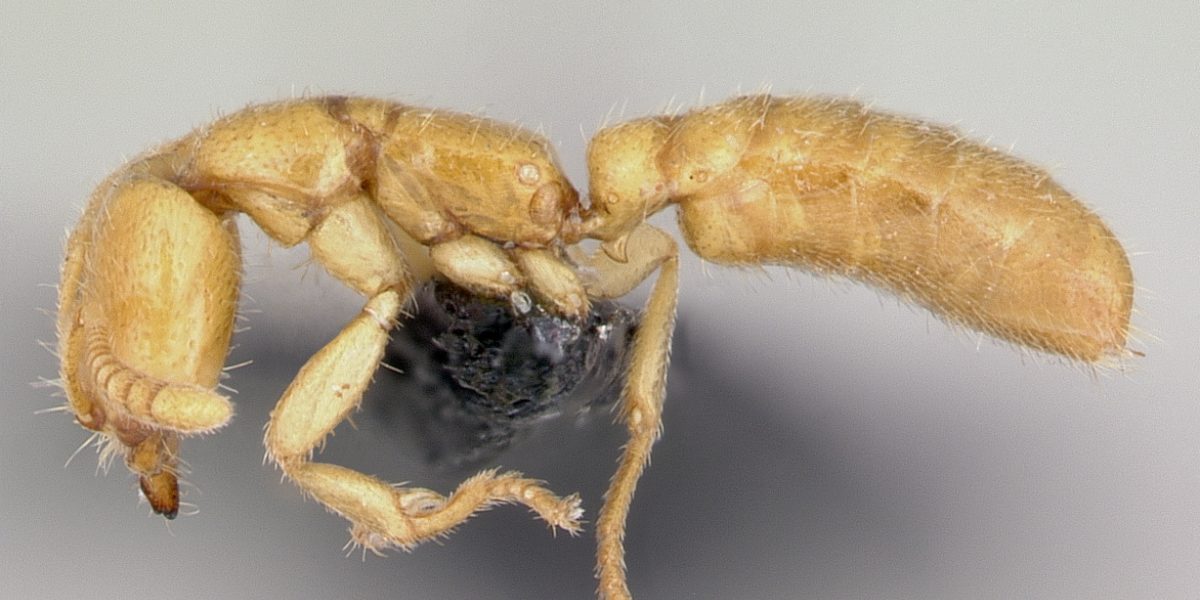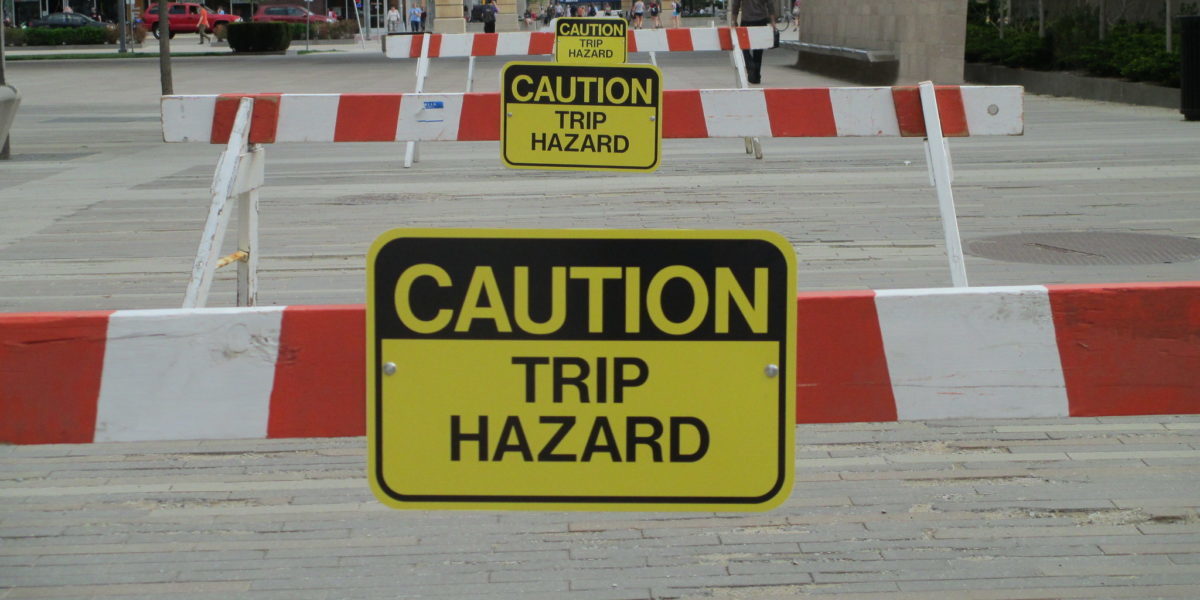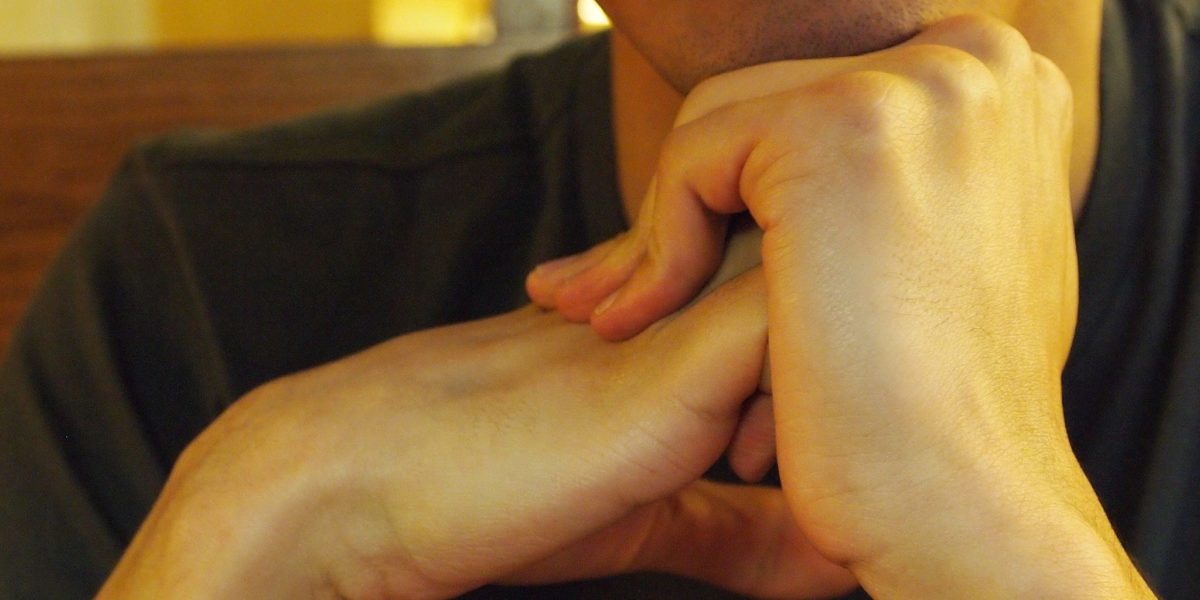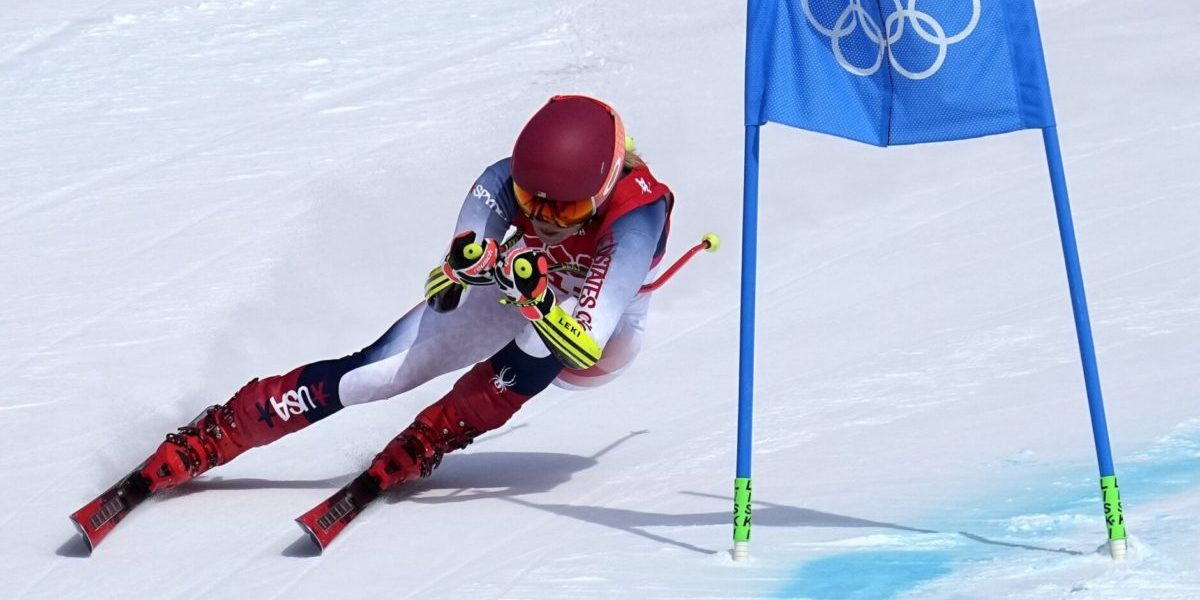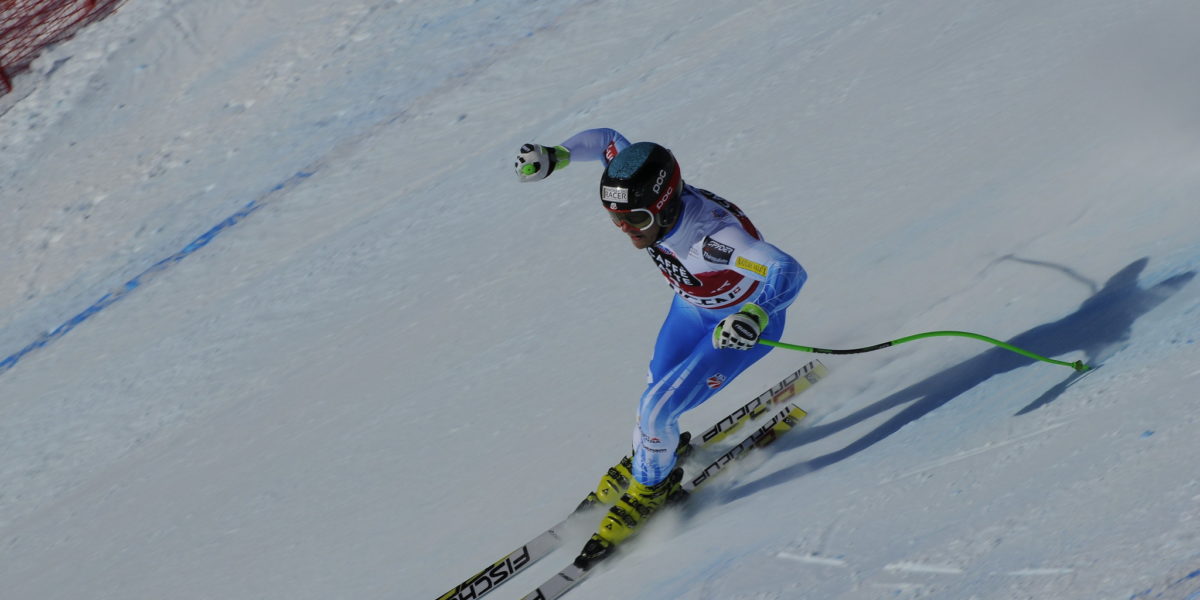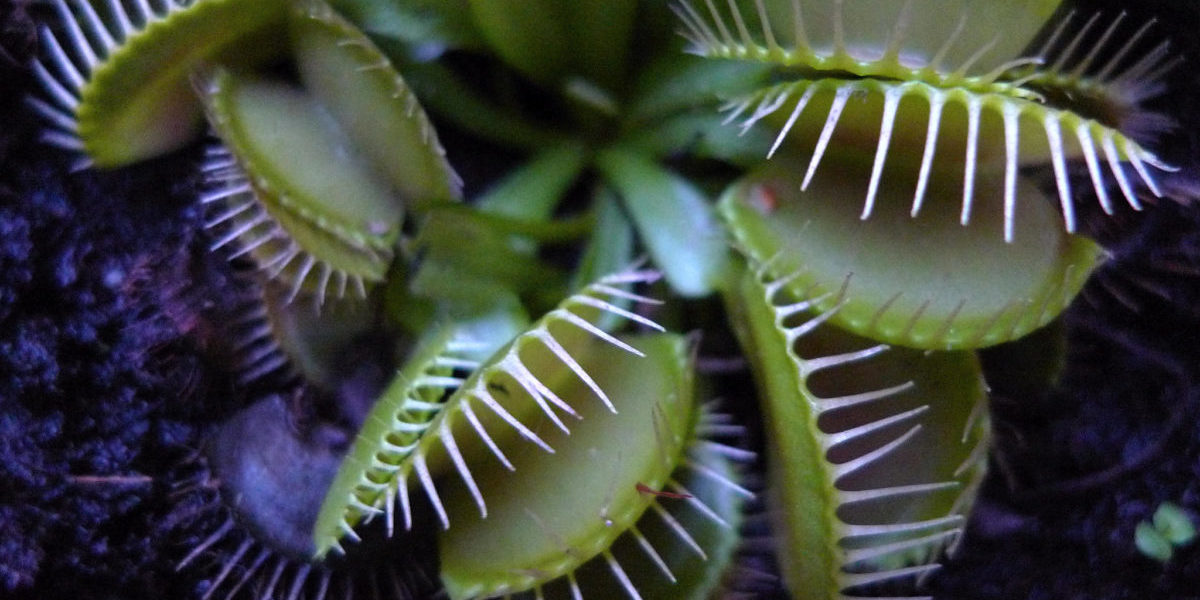Bodily movement without eccentric and concentric motion is impossible. When it comes to weight/strength training, the portion of the movement that tends to be more focused on is the concentric portion. In this analysis, the effects of both eccentric and concentric weight/strength training will be fully fleshed out with both their positive and negative results.
Category: 2022 Spring
Growth in Growing Heart Valves
Take a look at the biology, anatomy, and the mechanics of the heart, and learn about the current state of replacement heart valve technology.
Runner’s High (with guest speaker Emily Nist)
A discussion about the biomechanics behind running at altitude, including the effects of altitude on the body, how to combat it, and how to utilize it to enhance running performance.
The Fastest Animal in the World?
The Dracula Ant or Mystrium Camillae is the fastest animal in the world thanks to its spring loaded snap which travels over 200 miles per hour or 90 meters per second. In this video we briefly explore how this is possible.
Slipping or Tripping? Researchers Find Best Way to Regain Your Balance
Everyone has slipped or tripped at some point in their lives. Whether it is walking on an icy road to get to your car or tripping over the Lego set your kid refused to put away, everyday obstacles can cause us to lose our balance. Often this results in a brief moment of panic followed by the uneasy relief of regaining your footing, but for those who aren’t lucky enough to avoid falling, the results can be devastating. This is especially prevalent in populations more susceptible to falling. Falling in the workplace accounts for 16.8% of all non-fatal injuries leading to days taken off work. It is thought that this is due to the high volume of slipping or tripping obstacles encountered in some occupations. Additionally, 36 million falls resulting in 32,000 deaths were reported for the 65+ year old population of the US. Elderly individuals may lack the strength and reflexes necessary to recover their balance quickly. This is especially worrisome because the elderly are also the most at risk for the major health complications that can be caused by fall related injuries.
Continue reading “Slipping or Tripping? Researchers Find Best Way to Regain Your Balance”Why Do Your Fingers Make A “Pop” Noise When You Crack Your Knuckles?
When cracking your knuckles, one tends to hear a “pop” noise that is loud, sharp, and irritating to most. This noise can be addicting in the sense that it makes others want to crack their knuckles. The main questions that I focused my research on were “Does cracking your knuckles or joints cause potential health issues for your future?” and “ Why does cracking a joint such as your knuckles make a “pop” noise?”
Continue reading “Why Do Your Fingers Make A “Pop” Noise When You Crack Your Knuckles?”Ski Racing: Where Champions are Made on the Course and in the Lab
If you have ever watched the winter Olympics, you have probably watched in awe as the alpine ski racers flew down the course. Years of training to perfect technique and build strength are essential for any athlete trying to compete with the best, but in a sport where hundredths of a second can separate first and second place, racers are always looking for ways to shave time. Understanding the forces that slow them down and their relationship to body positioning gives these athletes a competitive advantage.
Continue reading “Ski Racing: Where Champions are Made on the Course and in the Lab”How to Optimize Biomechanics Forces of Olympic Giant Slalom Skiers
Do you ever wonder what differentiates a casual skier from an Olympic level skier? The distinction lies in the immense forces these Olympic skiers’ output as they naturally transition from incredibly high speeds to sharp turns on the icy slopes. The four famous alpine skiing events held at the Winter Olympics are the slalom, giant slalom, downhill, and super-G events. In these events the human body is pushed to its limit with skiers experiencing forces of up to 2000N during turns through closely spaced poles and gates. Which is the equivalent of a 440-pound weight laying on top of you. These forces are integral in achieving faster times, better technique, and winning Olympic gold. How can these forces and techniques be optimized for the best possible ski run?
Continue reading “How to Optimize Biomechanics Forces of Olympic Giant Slalom Skiers”Secrets of the Rapid Snapping Mechanism of a Venus Fly Trap
Dionea Muscipula, also known as the Venus Fly Trap, is universally considered an interesting and eye-catching plant. Most people are fascinated by its ability to snap its lobes closed around prey, allowing it to then chemically dissolve the trapped animal and subsequently absorb nutrients from its body. What most people fail to realize is the incredible amount of biomechanics required for this plant to survive. Not only is this information useful and interesting to know, but it is crucial for scientists to better understand how plants can respond to physical stimuli.
Continue reading “Secrets of the Rapid Snapping Mechanism of a Venus Fly Trap”Which Body Mechanics Help You Jump Higher?
Vertical jumping is an essential aspect of many sports. In volleyball and basketball, for example, jumping higher than your opponent gives you a significant competitive advantage. Volleyball players need to be able to block and spike, while basketball players need to be able to rebound well and finish tough shots over opponents. Most athletes know the basics of jumping, but few know what specific body mechanisms contribute to jump height. This article will discuss four key elements to vertical jump height:
- Squat depth
- Non-extension movements
- Arm swing
- Toe flexor strength
Understanding the mechanics behind each of these elements can help guide athletes in training regimens to better increase jump height.
Continue reading “Which Body Mechanics Help You Jump Higher?”